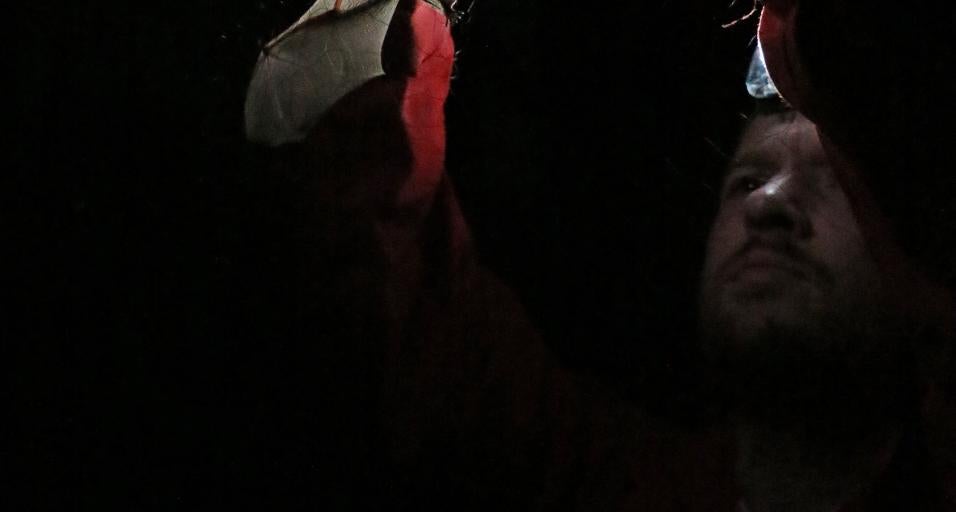Wyoming bat biologists are expanding their research on the winter habitat of bats in Wyoming with new funding from the U.S. Fish and Wildlife Service. Understanding where bats spend the winter and what particular spots they like is critical to monitoring the impacts and spread of white-nose syndrome, a fungal disease that kills bats. The fungus that causes white-nose syndrome was detected for the first time in Wyoming in May at the Fort Laramie National Historic Site.
The Wyoming Game and Fish Department was awarded $29,437 to broaden white-nose monitoring and tracking of the little brown myotis bat to evaluate how they use their surroundings in the winter.
Last fall, bat researchers placed three radio-telemetry trackers on two species of bats to see where they fly and settle. This effort will continue throughout the winter, and biologists also will deploy acoustic detectors — devices that listen for bats — to help determine how they wake up and timing of bats’ spring emergence. With these combined efforts, Game and Fish researchers are optimistic they will learn how to better support bats and track the spread of white-nose.
“In other Western states, bats roost in structures other than mines and caves, like rocky slopes. This data will help us find those locations within Wyoming and give us a more complete picture of roosting habitat, which is critical for white-nose monitoring,” said Zack Walker, Game and Fish nongame bird and mammal supervisor.
For 25 years, biologists have surveyed caves and mines to find where bat roosts in the winter, places called hibernacula. Since 2014, Game and Fish has swabbed the small creatures in these winter boarding locations, looking for the fungus that causes white-nose syndrome, Pseudogymnoascus destructans, or Pd for short. Monitoring was part of a long-term national protocol and data collection system led by the National Wildlife Health Center.
“We have only found seven little brown myotis hibernacula,” said Zack Walker. “This suggests the majority of little brown myotis go undetected and are never swabbed with the standard winter survey method.”
In the spring, biologists will conduct mist net surveys to capture bats again and swab for early detection of Pd.
New funding helps broaden bat research and white-nose monitoring
Sara DiRienzo (307-777-4540)



